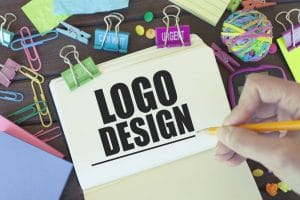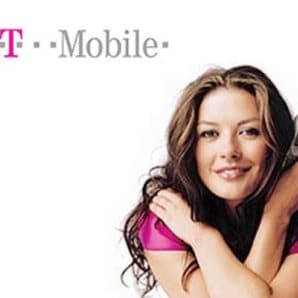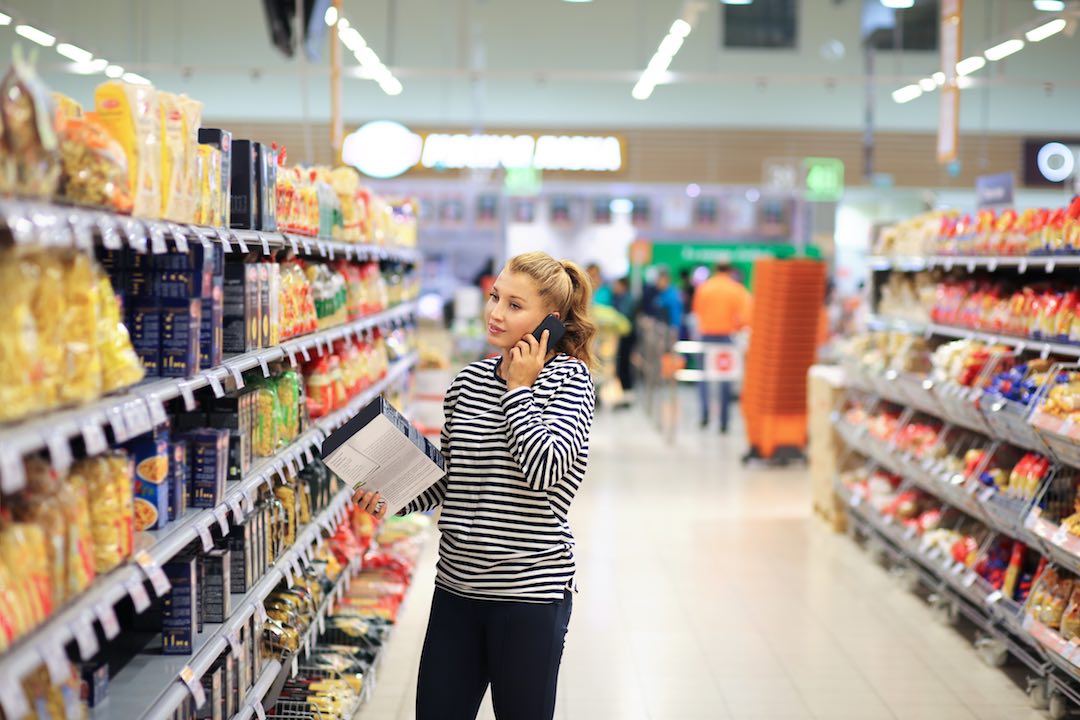 Today it seems like you can get everything for “free” on the web, even free logo makers. As an inexperienced, first time CPG brand builder, you can easily get the idea that you know enough to create a logo using one of many free logo creator sites for your consumer branded product. It’s your logo, isn’t it? You know what you want. And you are qualified to articulate it.
Today it seems like you can get everything for “free” on the web, even free logo makers. As an inexperienced, first time CPG brand builder, you can easily get the idea that you know enough to create a logo using one of many free logo creator sites for your consumer branded product. It’s your logo, isn’t it? You know what you want. And you are qualified to articulate it.
Not so fast!
You may buy into the idea that the free logo app is sophisticated enough to ask you all the right questions and that somehow you have those right answers. This is the fun part, right? Creating a logo for your product is so exciting!
But do you really have the experience to know what will work in the marketplace and at every level of distribution? Are those free logo makers taking the limitations of your packaging, in-store lighting, and customer viewing distance into account?
What the logo creator apps are taking into consideration is where the majority of folks who use logos apply them, because they want to satisfy the majority of requests. And those are generally on flat surfaces such as websites, stationery, business cards, signage, clothing, etc. They also assume a brightly lit environment, either on a backlit screen (like your computer), outside on a sunny day, or in a well-lit office. They generally assume the logo they create for you will be on its own, standing out and certainly not surrounded by hundreds of competing logos.
They typically give you multiple choice questions to zero in on your design. But they do not typically ask the kind of questions necessary to design a CPG logo for application to a CPG product. There are many variables that must be considered when designing your logo, and if any one is not addressed properly, your sales will never be what they deserve to be!
Surface Variations.
CPG products are not necessarily flat. They come in all shapes and sizes. Some are cylindrical like bottles and cans. Some are blister packs that may be uniquely shaped to better show off the product itself. Some are bags. Some are odd shaped boxes. Some are rough. And some are flexible.
Handling Requirements.
CPG brand logos must not only sell the product, but they must help get it through the distribution channels. And that requires a deep respect for what happens in production, warehousing, trucking, retail handling, shelf placement and display requirements. Each step has different demands, and all must be satisfied.
Viewing Distance.
CPG logos on your products must be recognizable in a physical retail store from 4 feet away (or more!). CPG logos on cartons of your products must be recognizable from 10 -20 feet away in warehouses. Your logo may need a special, simplified version for this and other distinctly different purposes.
Lighting Variations.
CPG logos may be lit by florescent lighting in stores. They may be in the shade if they are back on the shelf. Your packing cartons must be easily identifiable and recognizable when your product is moving through dimly lit warehouses or inside delivery trucks. Lighting conditions dramatically effect readability. And readability effects delivery.
Market Competition.
Your CPG brand logo is surrounded by other competing brand logos in the store, on the shelf, or on the floor. It must distinguish itself from what’s out there now and pop out of the pack. You must design your logo to be easily seen and differentiate itself when surrounded by competition.
These and a myriad of other factors must be taken into consideration when you are ready to design a successful logo for a CPG branded product. It’s certainly much more of a challenge than a well-lit flat surface, a backlit screen, or a business card.
Your logo, which adorns your label, is the only piece of marketing material that always makes it to the shelf 100% of the time. Signage can be denied, torn down, or for other reasons, never make it to the shelf. Only your logo on your product label is guaranteed to make it to the shelf space or floor space.
So, this is something you really want to spend the time and the money to perfect. This is something you want to try out and improve on after a few trials. It’s not something to take lightly or to just choose from a list of predesigned logos on a free logo makers’ site. This essential decision will have an enormous effect on your sales. You need expert advice.
After years of hard-knocks’ experience, here’s is our best short list of suggestions for your Logo design:
1. Come up with your brand name first.
Make the brand name of your product easy to understand and put it in plain English. The fewer number of syllables, the better. Your name should have something to do with your product, the way people feel when using your product, or the benefits your end-user gains when using your product. Your brand name should be recognizable, memorable, and relatable. Steer away from nonsense names and family names which take much longer to gain traction in the marketplace.
2. Design your logo to be an image of your brand name.
You don’t have the luxury to present two different concepts on a label of a CPG brand. You simply don’t have that much of your customers’ attention span. Stay with a graphic depiction of your name so as to underline the unified concept and imbed it in your customers’ memory. When people can see an image of your product’s brand name they are more likely to remember it. This effects sales directly.
3. Use lots of white space.
Surround your logo with plenty of blank space between your logo and the edges of your label. Keep it clean and uncluttered, the simpler, the better. Also known as “nose room”, this unused space will make your logo pop. It’s not wasted, it’s deliberate. Shy away from background textures and colors as they tend to muddy up your message in an already muddy field of competitors. Your message is, “You know what you are buying, because our logo is the same as our name, and they both describe our product. You can remember us. You can trust us.”
4. Keep it simple and bold.
Make sure it has clean, crisp, and defined edges. Soft or faded edges tend to get lost on the shelf, especially in poor lighting. Stay away from script, curlicues and fancy graphics. Try to use non-serif font. It’s easier to read at a distance. Don’t be afraid to develop different versions for different viewing requirements. Ask clerks in stores, and warehouse persons what logos work and what logos don’t, and why. They know more than the designers.
5. Be selective when choosing color.
Multi-color logos tend to look murky and are harder to read. Try to reduce the number of colors. If you are selling more than one type of product under the same brand name and logo, consider a different color scheme for each type of product. It will help the customer, the clerk, and the warehouse person distinguish the different types. You will get fewer miss-deliveries and have more colorful displays.
So, as you can see, there are many factors to take into consideration before you “run it up the flagpole and see if anyone salutes.” It’s not about you. It’s not about what you like. It’s about the demands of the marketplace that you must navigate first before you have the luxury of getting too creative. The best logo is a solution, not a creation. It solves the market demands and it stands out from the crowd. It’s memorable and produces a feeling of confidence in your customer. It stands for the attributes you hope to convey and guarantee. And it satisfies the variable requirements of the distribution chain.
The money you spend with an experienced CPG logo designer will be well worth it. With free logo sites, you get what you pay for!


